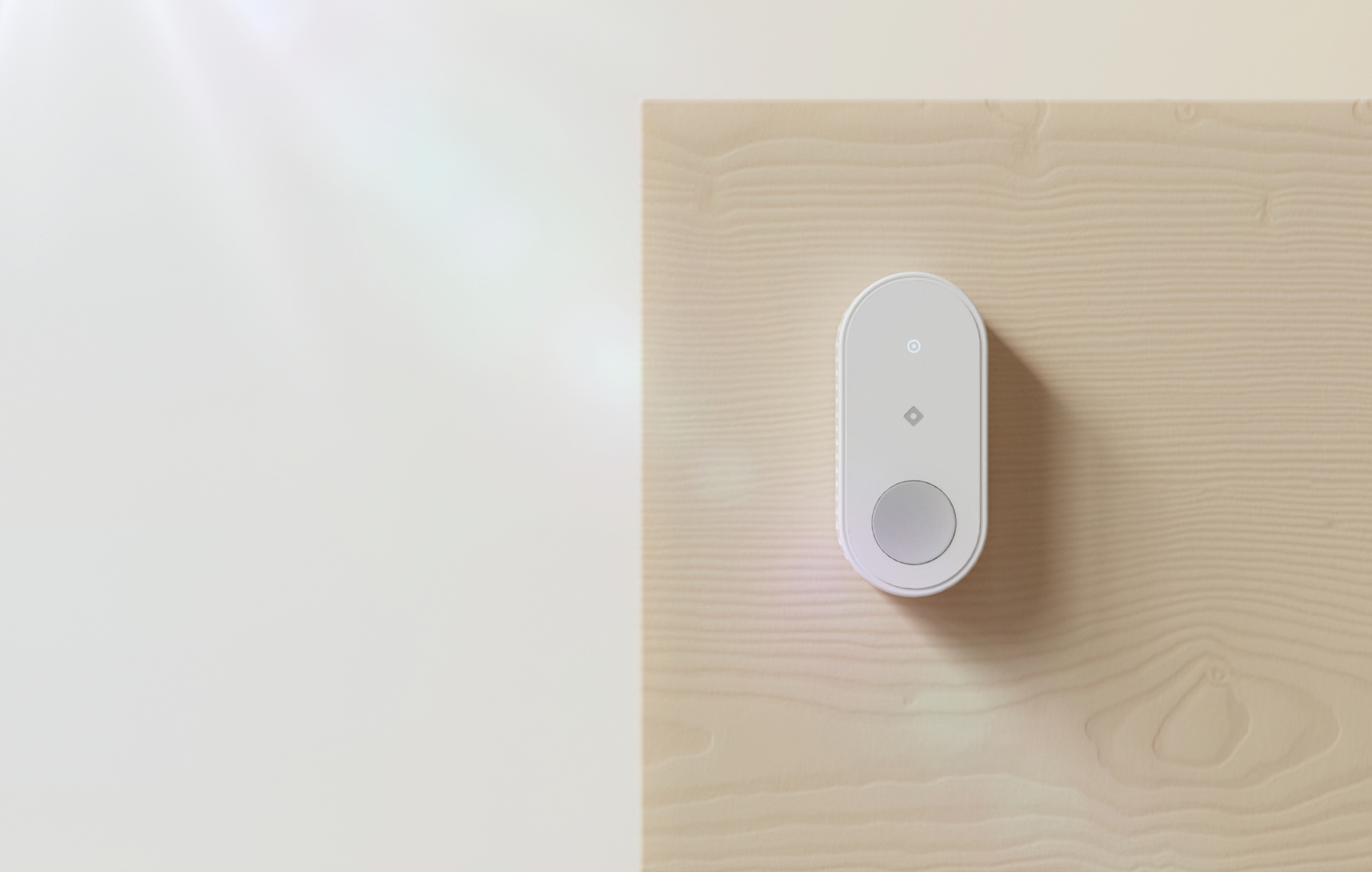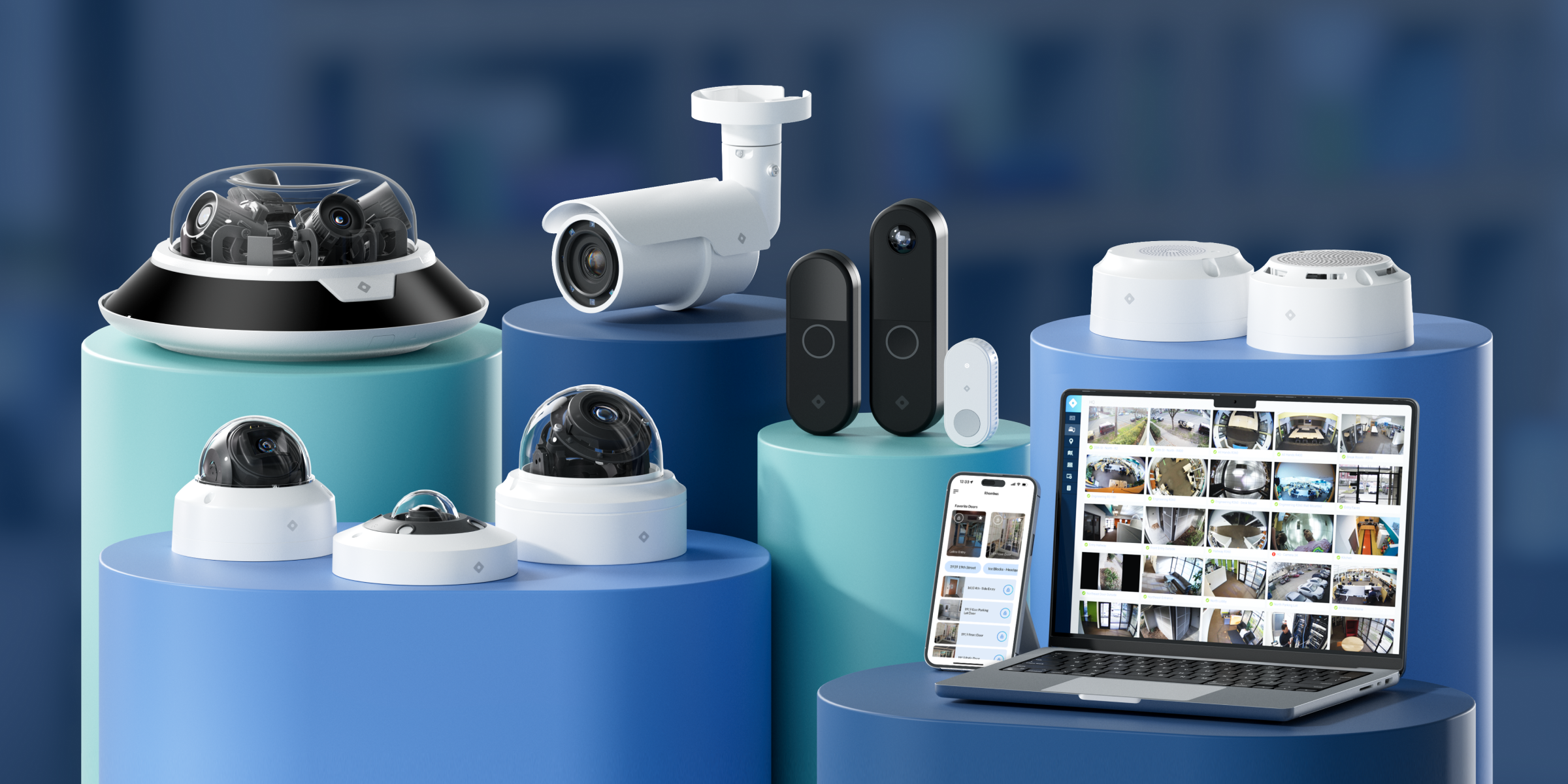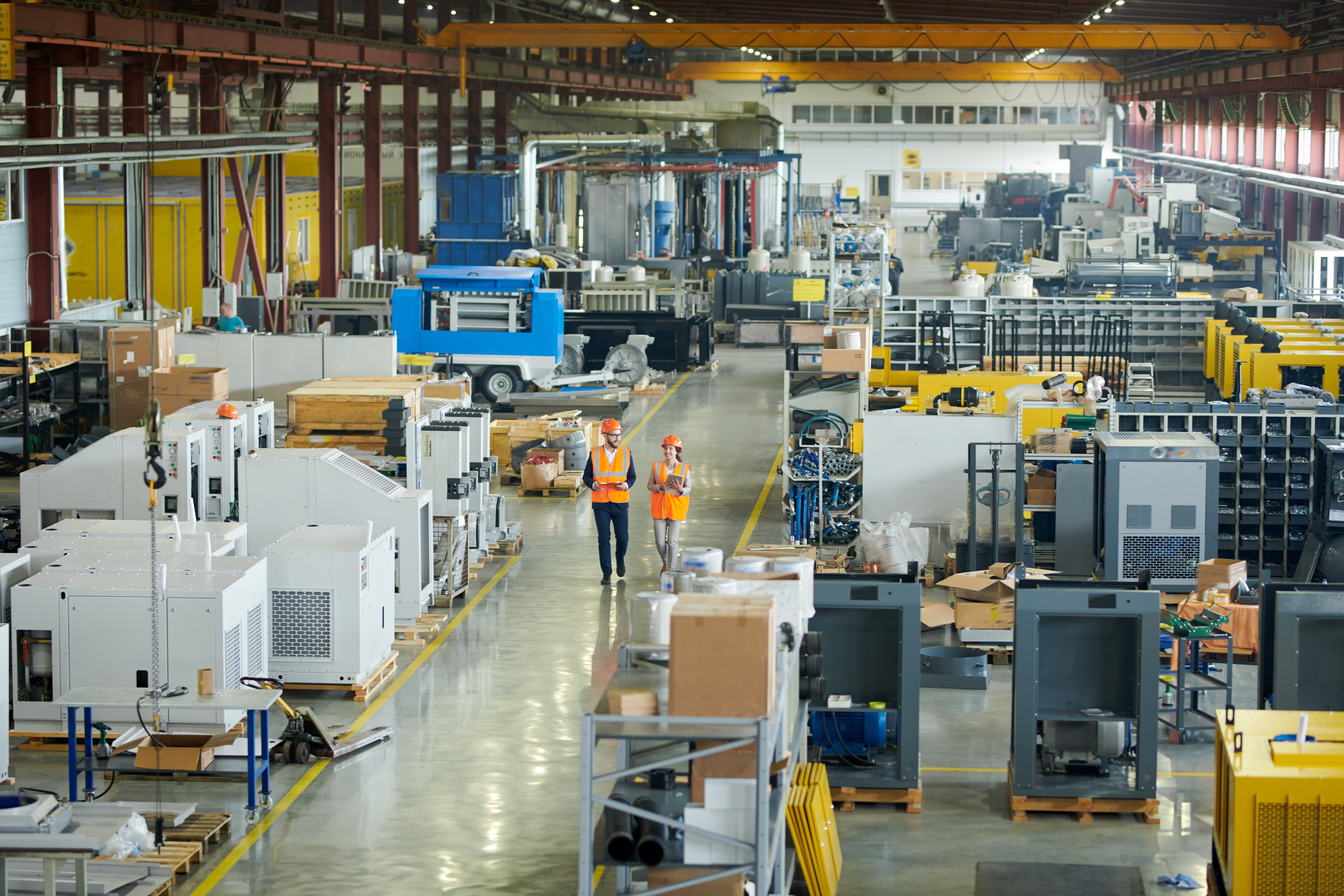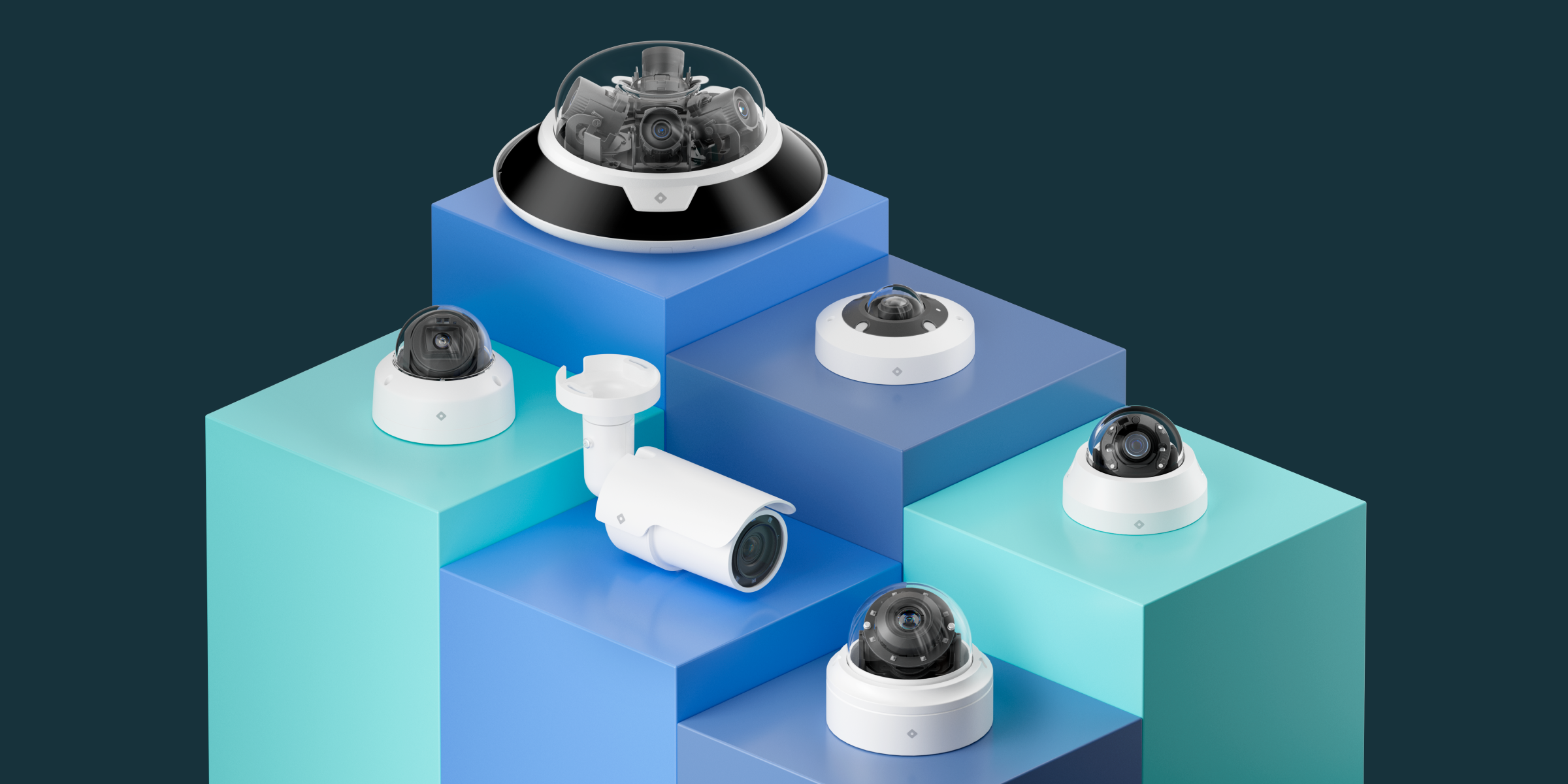Video Surveillance in Hospitals and Healthcare Facilities: Key Considerations for Hospital Security Cameras

In today’s healthcare environment, ensuring the safety and security of patients, staff, and sensitive medical assets through robust hospital security systems has become increasingly crucial. As healthcare facilities face evolving security challenges, from protecting vulnerable patients to safeguarding controlled substances, video surveillance systems have emerged as a fundamental component of comprehensive security strategies. Modern hospital security cameras do more than simply record footage—they actively contribute to a safer healing environment while supporting regulatory compliance and operational efficiency.
Why is Video Surveillance Critical in Hospitals and Healthcare Facilities?
Healthcare facilities present unique security challenges that make robust video surveillance and security systems essential:
Healthcare Worker Safety and Violence Prevention
Healthcare workers face an alarming rise in workplace violence, with the Bureau of Labor Statistics and OSHA data showing that healthcare staff experience workplace violence at rates significantly higher than workers in other industries. According to the American Hospital Association, 44% of nurses reported an increase in physical violence and 68% reported an increase in verbal abuse during 2020-2022. The Joint Commission has identified emergency departments, psychiatric units, and geriatric care areas as experiencing particularly high incident rates.
Modern surveillance systems provide multi-layered protection for staff:
- Real-time monitoring enables security teams to protect patients and staff by identify potentially volatile situations before they escalate
- Visual deterrence discourages aggressive behavior when cameras are clearly visible
- Documentation of incidents supports staff accounts during investigations and legal proceedings
- Pattern recognition helps identify high-risk times, locations, or triggers for enhanced security protocols
When integrated with duress systems or panic buttons, surveillance cameras become an active component of staff protection rather than just passive recording devices.
Asset Protection
Hospitals house valuable medical equipment, pharmaceuticals, and controlled substances that may be targets for theft. High-resolution security cameras positioned strategically throughout medication dispensing areas, equipment storage rooms, and pharmacy sections help prevent losses and provide crucial evidence when incidents occur. This protection extends to patient belongings and hospital supplies, which require comprehensive monitoring.
Liability Mitigation
Healthcare facilities face significant liability concerns, from patient falls to allegations of improper care. Hospital security cameras and video surveillance provide objective documentation of incidents, helping to resolve disputes, defend against unfounded claims, and support legitimate ones. This documentation is invaluable for risk management and can significantly reduce litigation costs while improving safety protocols through incident review.
Regulatory Compliance Support
Healthcare organizations must navigate complex regulatory requirements, including the Health Insurance Portability and Accountability Act (HIPAA) privacy rules. Hospital cameras and modern video security systems help facilities maintain compliance by securing restricted areas, documenting medication handling procedures, and ensuring proper protocols are followed. When designed with privacy considerations in mind, these systems balance security needs with patient confidentiality requirements.
Benefits of Video Surveillance in Hospitals and Healthcare Facilities
Implementing comprehensive video surveillance delivers multiple advantages that extend beyond basic security:
Enhanced Emergency Response
In medical emergencies, every second counts. Surveillance systems integrated with emergency management protocols allow security teams to quickly locate and assess situations, coordinate first responders, and provide clear pathways for emergency personnel. Advanced systems can automatically activate responses and alert security staff to unusual activities or specific emergency triggers.
PHI and ePHI Protection
HIPAA regulations require healthcare facilities to safeguard patient information. Video surveillance helps protect both physical and electronic protected health information by monitoring access to records rooms, server areas, and workstations. These systems provide audit trails for compliance documentation, demonstrate due diligence, and strengthen overall data security by preventing unauthorized access to sensitive information.
Infection Control Monitoring
The COVID-19 pandemic highlighted the importance of infection control protocols. Surveillance systems can monitor compliance with handwashing procedures, proper PPE usage, and social distancing measures. This monitoring capability supports quality improvement initiatives while enhancing patient and staff safety during disease outbreaks.
Operational Efficiency
Beyond security applications, video analytics can provide valuable insights into hospital operations, including patient flow patterns, waiting room management, and resource utilization. These insights help administrators optimize staffing levels, identify bottlenecks, and improve the overall patient experience.
Remote Monitoring Capabilities
Modern cloud-based surveillance systems, supported by advanced video management software, enable authorized personnel to monitor facilities remotely through secure connections. This capability is particularly valuable for healthcare systems with multiple locations or during off-hours when reduced staff are present, ensuring continuous security oversight.

Key Features for Hospital and Healthcare Security Camera Systems
When selecting video surveillance for healthcare environments, several critical features should be prioritized for hospital cameras:
- High-resolution imaging to capture clear and detailed footage.
- Night vision capabilities to ensure visibility in low-light conditions.
- Motion detection to alert security personnel of any unusual activity.
- Remote access to allow monitoring from different locations.
- Durability to withstand the demanding conditions of a hospital setting.
High-Resolution Imaging
Healthcare settings require exceptional clarity to identify individuals and document incidents accurately. HD or 4K resolution cameras provide the detail necessary for facial recognition, reading ID badges, and capturing subtle actions like medication handling. In areas like pharmacies or hospital rooms, this resolution is particularly crucial.
Advanced Analytics and AI Capabilities
Modern surveillance systems leverage artificial intelligence to enhance security through:
- Facial recognition: Identifying authorized personnel in restricted areas
- Object detection: Alerting when sensitive items are moved from designated locations
- Behavior analytics: Recognizing unusual patterns like loitering in sensitive areas or signs of aggression
- People counting: Monitoring occupancy levels for infection control purposes
- Motion detection: Triggering alerts when movement occurs in secured areas after hours
Scalable Storage Solutions
Healthcare facilities generate enormous volumes of video data that must be securely stored, often for extended periods to comply with legal and regulatory requirements. Cloud-based storage with appropriate encryption, coupled with flexible retention policies, allows facilities to balance accessibility with cost-effectiveness while meeting compliance obligations.
System Integration Capabilities
Maximum security value comes from integrating video surveillance with other critical systems, including:
- Access control systems: Correlating entry events with video verification
- Alarm systems: Providing visual verification of alarm triggers
- Electronic health records: Securing timestamps for incident documentation
- Visitor management systems: Enhancing identification and tracking capabilities
Emergency Response and Panic Button Integration
A critical component of healthcare security is the integration of emergency communication systems with video surveillance:
- Silent panic buttons allow threatened staff to discreetly signal for help while surveillance cameras provide real-time situational awareness to responders
- Fixed duress buttons strategically placed in high-risk areas (nurse stations, isolation rooms, psychiatric units) automatically trigger camera focus on the activation location
- Mobile duress devices carried by staff working in vulnerable positions connect to both security monitoring centers and activate camera recording
- Automated camera routing immediately displays relevant camera feeds to security personnel when any emergency button is activated, reducing response time
- Two-way audio integration enables security personnel to communicate with threatened staff or de-escalate situations remotely while assessing visual feeds

These integrated systems significantly reduce response times during security incidents when using camera-connected panic systems versus traditional approaches.
HIPAA Compliance Requirements for Hospital Video Surveillance
Balancing security needs with patient privacy presents unique challenges in healthcare environments. HIPAA regulations don’t prohibit video surveillance but require thoughtful implementation:
Protected Health Information Considerations
Cameras should be positioned to avoid capturing screens displaying patient information, treatment details being discussed, or other protected health information. Strategic camera placement and masking capabilities in software can help maintain this balance.
Access Controls and Audit Trails
HIPAA compliance demands strict controls over who can view surveillance footage, with comprehensive audit logs documenting all access to recordings. Modern systems should include role-based permissions, multi-factor authentication for access, and unalterable audit trails.
Patient Notice Requirements
Healthcare facilities must notify patients about the presence of video surveillance through visible signage and inclusion in privacy policies. This transparency builds trust while fulfilling legal obligations.
Secure Transmission and Storage
All video data must be encrypted both in transit and at rest, with appropriate safeguards against unauthorized access or data breaches. Cloud storage solutions must meet HIPAA’s stringent security requirements through appropriate Business Associate Agreements.
Installation and Placement Needs for Hospital Security Cameras
Effective surveillance requires strategic camera placement that balances security needs with privacy considerations:
High-Priority Areas
The following locations typically warrant priority coverage:
- Entry/exit points: Monitoring all individuals entering and leaving the facility
- Emergency departments: Often the site of heightened emotions and security incidents, with studies showing they experience violence rates 4x higher than other hospital departments
- Triage and reception areas: Where staff make initial contact with potentially agitated individuals
- Pharmacies and medication dispensing areas: Protecting controlled substances
- Parking structures and exterior grounds: Preventing vehicle theft and ensuring staff safety during shift changes, especially during night shifts
- Waiting areas: Managing potential conflicts and monitoring for security threats
- Isolation rooms: Where agitated patients may pose risks to healthcare workers
- Infant care units: Preventing unauthorized access or abduction attempts
- Behavioral health units: Ensuring patient safety while respecting privacy
These high-risk areas should be equipped with both surveillance coverage and integrated emergency communication systems like panic buttons to create comprehensive security zones.
Privacy-Sensitive Areas
Certain areas require special consideration, with such cameras generally avoided in:
- Patient rooms: Except in specific high-risk situations with appropriate protocols
- Treatment areas: Where patients may be undressed or receiving intimate care
- Restrooms and changing facilities: Where expectation of privacy is highest
Specialized Installation Considerations
Healthcare environments present unique installation requirements:
- Infection control: Cameras and mounting hardware should be cleanable with hospital-grade disinfectants
- Environmental protection: Operating rooms and certain treatment areas may require specialized enclosures resistant to gases, moisture, or cleaning chemicals
- Low-light performance: Night vision capabilities for areas that dim lights during evening hours
- Tamper resistance: Particularly important in behavioral health settings
How to Choose the Best Security Systems for Healthcare Facilities
Selecting optimal security systems and hospital security cameras require evaluation across multiple factors:
Total Cost of Ownership
Rather than focusing solely on initial purchase price, healthcare facilities should consider:
- Hardware durability: Quality cameras with longer operational lifespans
- Licensing costs: Ongoing software fees or subscription requirements
- Storage expenses: On-premises vs. cloud storage considerations
- Maintenance requirements: Ease of updates and system management
- Scalability: Ability to expand the system as needs grow without replacing core infrastructure
Cloud vs. On-Premises Solutions
Modern healthcare facilities increasingly favor cloud-based surveillance systems for their:
- Remote accessibility: Secure viewing from any location
- Automatic updates: Continuous security improvements without IT intervention
- Scalable storage: Flexible capacity that grows with needs
- Disaster recovery: Protection against on-site data loss scenarios
- Reduced maintenance burden: Simplified IT management requirements
However, consideration must be given to bandwidth requirements, particularly for high-resolution systems with multiple cameras.
Security and Encryption Standards
Healthcare surveillance demands the highest video security standards:
- End-to-end encryption: Protecting data at all points
- Strong authentication protocols: Preventing unauthorized access
- Compliance certifications: Verification of security claims by independent authorities
- Vulnerability management: Regular security updates and patch processes
Legal Considerations for Video Surveillance in Hospitals
Beyond HIPAA requirements, healthcare facilities must navigate additional legal considerations:
State-Specific Recording Laws
Many states have specific laws governing video recording, particularly regarding recording audio and consent requirements. Two-party consent states require notification and agreement from all parties being recorded, affecting how surveillance systems must be configured and disclosed.
Data Retention Policies
Healthcare facilities must establish clear retention policies that balance video security needs with storage limitations. These policies should consider:
- Statute of limitations for potential claims: Often determining minimum retention periods
- Legal holds: Procedures for preserving footage related to incidents
- Automated deletion: Ensuring data isn’t kept longer than necessary
Employee Privacy Considerations
While monitoring workplace areas is generally permitted, healthcare employers must consider:
- Union agreements: Which may contain surveillance restrictions
- Break room and staff areas: Where different privacy expectations may exist
- Transparency with staff: Clearly communicating surveillance purposes and policies

Speak to a Rhombus expert today for a personalized consultation and live demo.
Rhombus Security Cameras for Hospitals and Healthcare Facilities
Modern cloud-managed security platforms like Rhombus offer particular advantages in healthcare settings:
- HIPAA-compliant security architecture: Purpose-built for sensitive environments
- Advanced AI analytics: Proactively identifying security concerns before they escalate
- Seamless integration capabilities: Connecting with access control, alarm systems, and other security infrastructure
- Centralized management: Simplifying oversight across multiple facilities or campus environments
- Automatic updates: Ensuring continuous improvement without disrupting operations
- Flexible deployment options: Adapting to the unique needs of different healthcare environments
Conclusion
As healthcare facilities face increasing security challenges, including the troubling rise in workplace violence against medical professionals, comprehensive video surveillance combined with integrated emergency response systems has become essential. The right security solution balances advanced technology with thoughtful implementation to create safer healing environments while maintaining regulatory compliance and respecting patient privacy.
Rohan Hemrajani serves as Director of Product & Content Marketing at Rhombus. He has over 10 years of marketing experience, ranging from multinational to startup brands, with the majority in the IoT industry. Rohan has launched several new products and programs designed to deliver safety and efficiency across diverse industries.



